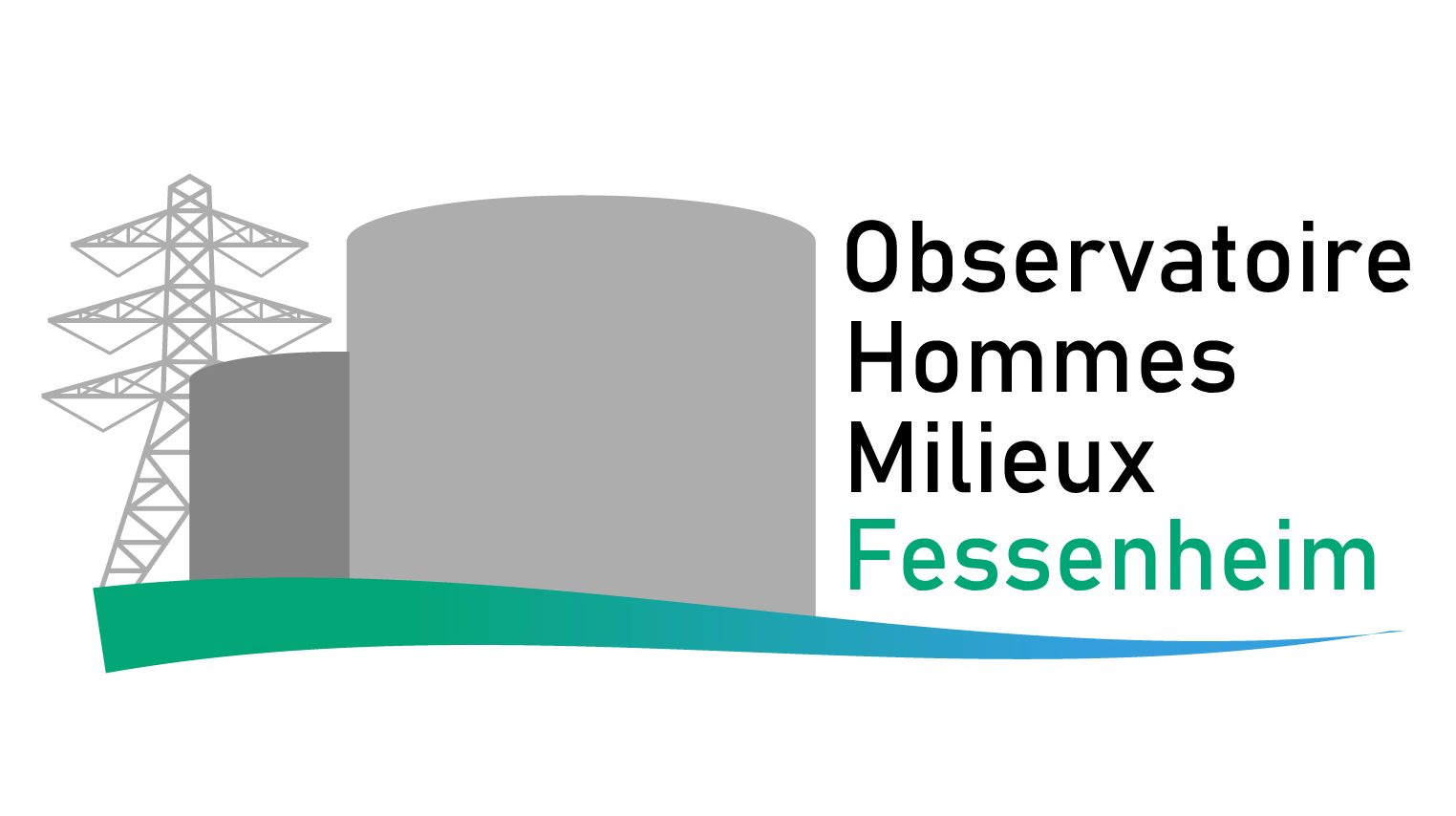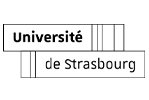Rebound effects: the longer distance from social optima
The current global warming demands each household behave responsibly in the green transition and energy saving, primarily residential heating services as the largest energy consumption (Dubois et al., 2019). Adopting residential heating technology based on renewable energies (RET) is seen as a pro-environmental effort that benefits globally by reducing emissions. Given this costly public contribution, bounded-rational households tend to overconsume heating services, known as the rebound effect (Exadaktylos and van den Bergh, 2021; Dütschke et al., 2018). This compensation demand is usually positive (from a weak effect of 1% to 25% to a backfire effect – of more than 100 %) (Sommer, 2018; Kim and Trevena, 2021; Vélez-Henao and García-Mazo, 2022) and increases with the heating services served by renewables (Nhat-Anh, 2023). In the role of market-failure fixer, the government makes an effort to accelerate these pro-environmental behaviors and restrain rebound effects from the ex-ante perspective by designing relevant fiscal tools. In that sense, we would like to introduce a microeconomic model as a theoretical framework for a contextualized experiment in the second part. Our models will consist of two scenarios where a representative household maximizes its utility, but the social planner optimizes for all. In that way, we can determine the difference between individual equilibria and social optima in energy usage. Given public interventions to reduce this gap, such as a tax, subsidy, and quotas on energy, there is a new types of rebound effect found in the decentralized context of this Pigouvian tax besides the standard and behavioral rebound effect (Dorner, 2019; Sorrell et al., 2009). Inviting the cardinal utility function in the form of Constant Relative Risk Aversion, our paper found concrete results in both theoretical models and the simulation of choice-based experiment, including equilibria of heating services and global pollution, a tax on conventional energy and revenue-neutral subsidy, and the magnitude of rebound effects. The model’s basic setup involves a social planner with N consumers in the market; a gap exists in the aggregate pollution in the decentralized context and the social planner ’s solution. To reduce this overconsumption of energy, the optimal tax and quotas are located and satisfy the condition of the feasibility of RET and implicit pricing system. We found three rebound effects caused to a greater extent by upgrading RET characteristics and tax on energy. Firstly, the standard effect of the higher heating generation capacity in the exact mechanism of the higher energy efficiency (Khazzoom, 1980). Secondly, the behavioral rebound effect is generated by the higher environmental preference and mitigation effort like the marginal environmental damage (Dorner, 2019). Finally, we highlight the new mechanism of the rebound effect from the tax on energy and subsidy, namely the tax-induced rebound effect (Haibara, 2020). We assume that the subsidy scheme for households adopting RET depends entirely on the tax revenue levied on the quota of conventional fuel sources. Indeed, this taxation reduces the pricing gap between two fuel types and lessens the implicit price of heating services. Furthermore, the subsidy is also an extra disposable income that triggered the rebound effect once more. Overall, our paper strengthens the link between the rebound effect and the private provision of public goods in the context of residential heating services powered by renewable energy (Kotchen, 2009). This general-equilibrium model provides a comprehensive framework for understanding rebound effects (Galvin et al., 2021; Toroghi and Oliver, 2019) as the solid foundation for the successive choice-based experiment. We estimate all types of rebound effects regarding tax and subsidy, RET parameters, and environmental preference taste are positive. The findings of the proposed model show the existence of the Pigouvian tax and subsidy scheme toward social optima. In the granted project, we anticipate running the laboratory experiment this July, then have preliminary results afterward. In collaboration with other Asian universities, we expect this protocol will be the economical tool to design fiscal policies on energy and understand this behavioral phenomenon in the new context.




